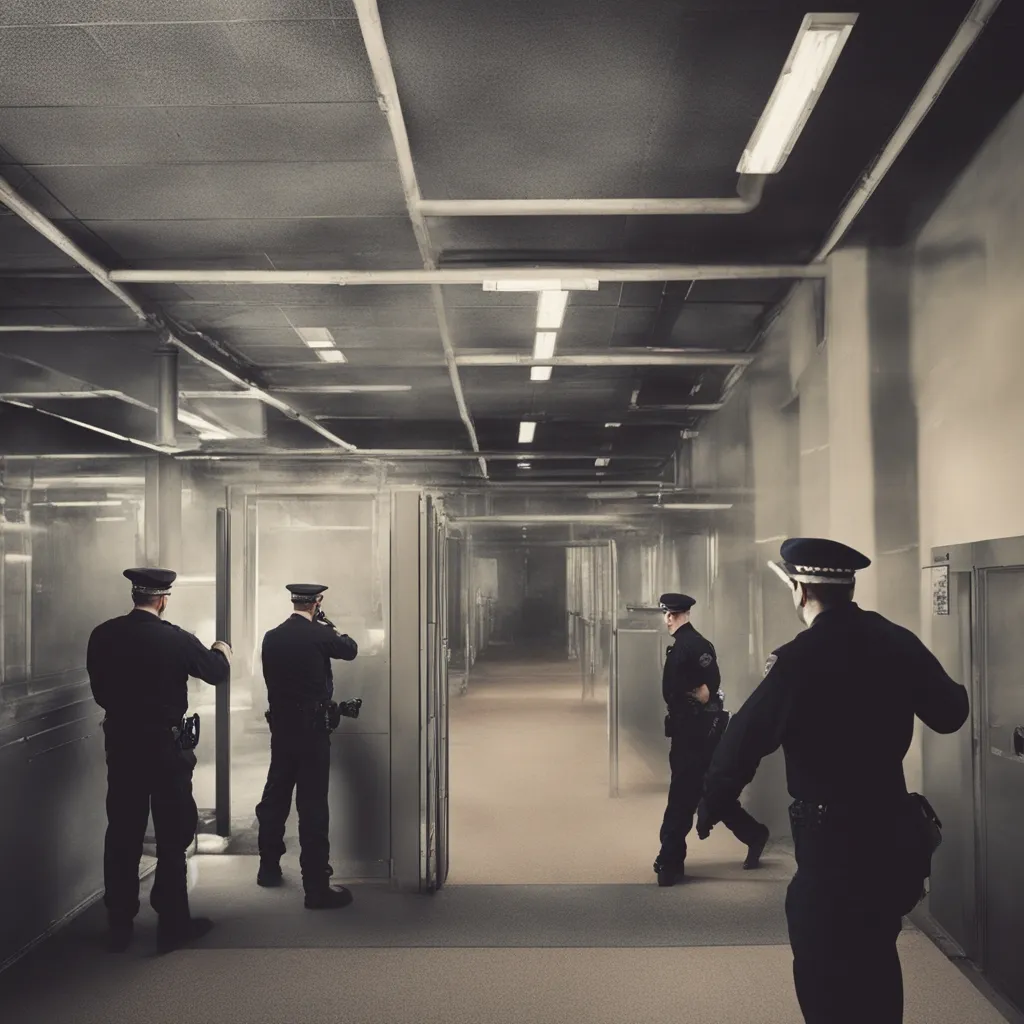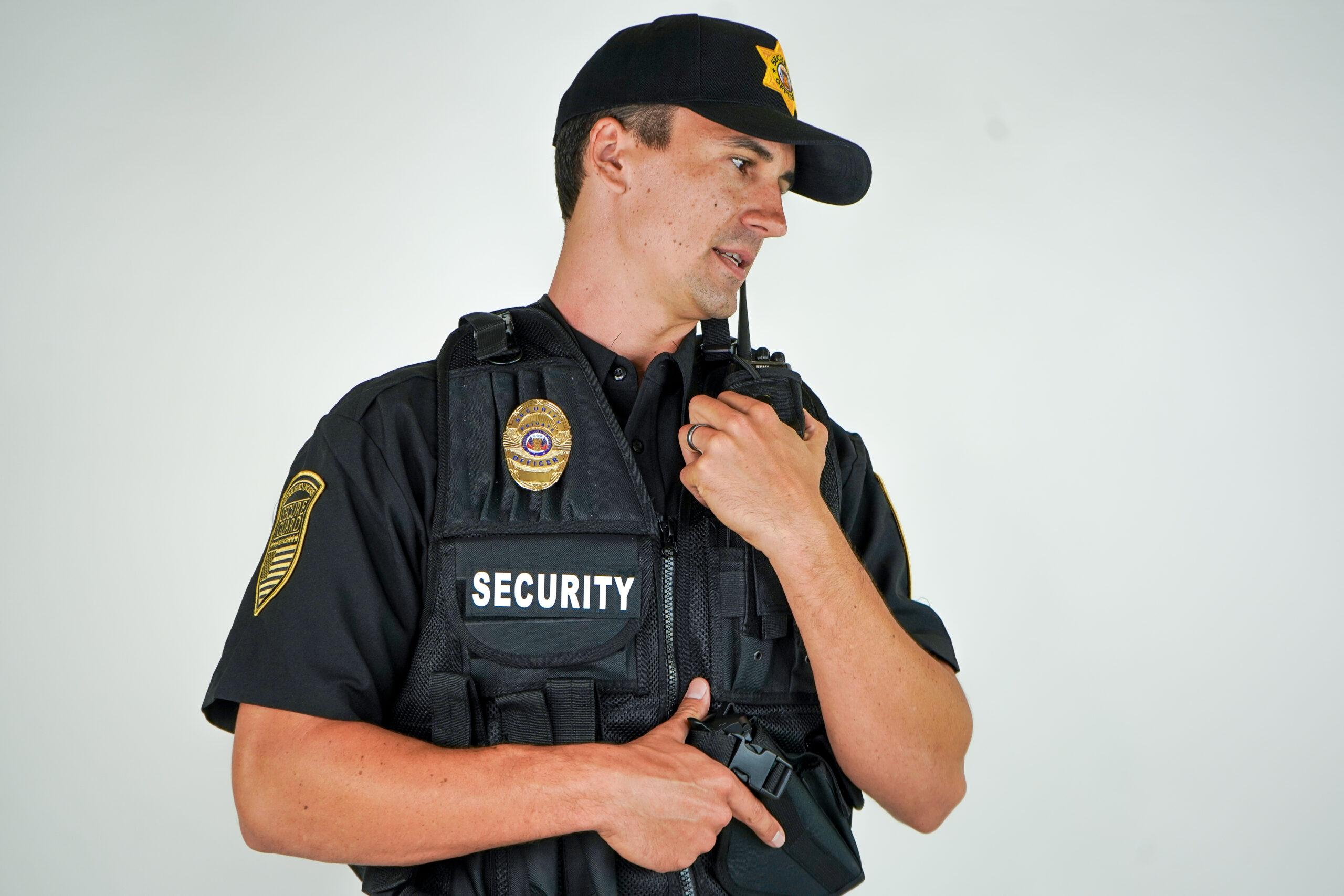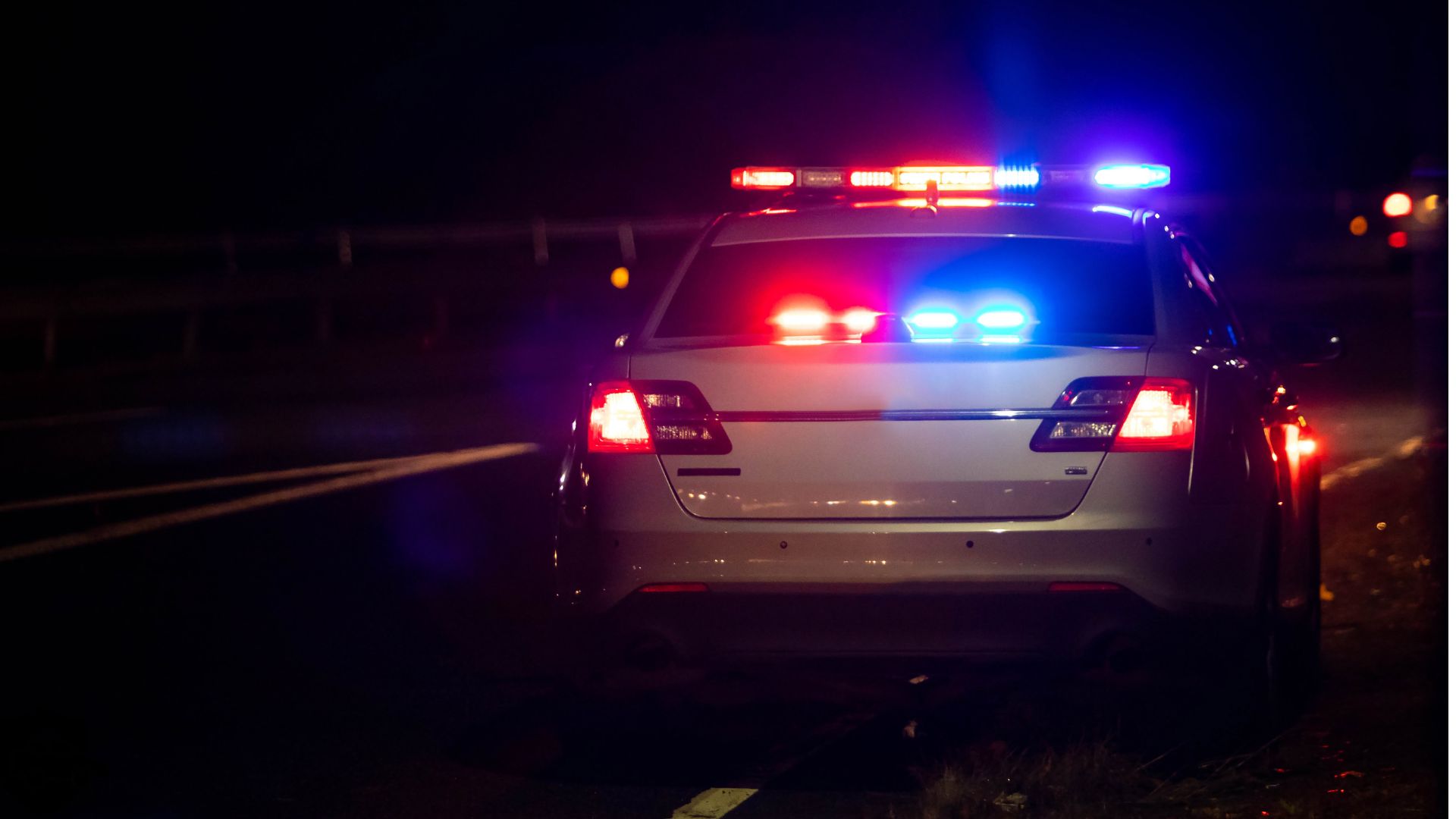I. Introduction
In the realm of security services, a diverse array of specialized roles ensures the safety and protection of individuals and assets. This article explores various security services, including Armed and Unarmed Officers, Executive Protection, Plain Clothes Officers, Traffic Control, and Event Officers.
II. Armed and Unarmed Officers
Security personnel play a pivotal role in safeguarding against potential threats. Two primary categories of security officers are Armed and Unarmed.
A. Armed Officers
- Role: Armed officers are equipped with firearms and undergo specialized training to handle potentially dangerous situations.
- Security Level: Typically employed in high-risk environments, such as banks, government facilities, and critical infrastructure.
B. Unarmed Officers
- Role: Unarmed officers focus on deterrence and surveillance without carrying lethal weapons.
- Security Level: Commonly seen in commercial settings, malls, and public spaces where the emphasis is on public safety.
III. Executive Protection
Also known as close protection, this service is designed for the security of high-profile individuals, celebrities, or corporate executives.
A. Specialized Training
- Risk Assessment: Executive protection officers undergo rigorous training to assess potential risks and create effective security plans.
- Emergency Response: Quick thinking and immediate response are crucial components of executive protection.
IV. Plain Clothes Officers
These officers operate discreetly, blending into the environment without a uniform, providing an undercover layer of security.
A. Covert Surveillance
- Infiltration: Plain clothes officers discreetly monitor environments to identify potential threats.
- Risk Mitigation: The covert presence of plain clothes officers can prevent incidents before they escalate.
V. Traffic Control
Beyond traditional security roles, some officers specialize in managing and securing traffic flow.
A. Crowd Management
- Events and Public Spaces: Traffic control officers ensure the smooth movement of vehicles and pedestrians during events or in crowded areas.
- Emergency Situations: They play a crucial role in directing traffic during emergencies or accidents.
VI. Event Officers
Events, whether large or small, require a specific set of security measures to ensure the safety of attendees.
A. Crowd Surveillance
- Preventive Measures: Event officers focus on preventive measures to anticipate and address potential security issues.
- Emergency Planning: They are trained to handle emergencies, ensuring a swift and organized response.
VII. Integrating Specialized Security Services
A. Tailored Security Solutions
- Assessment: Understanding the specific security needs of a client or situation is crucial for effective service delivery.
- Collaboration: Integrating armed, unarmed, executive protection, plain clothes, traffic control, and event officers creates a comprehensive security strategy.
VIII. Selecting the Right Security Service
A. Consultation with Security Experts
- Customization: Security experts can guide individuals or organizations in selecting the most suitable security service based on their unique requirements.
- Budget Considerations: Assessing the budgetary constraints helps in choosing cost-effective yet efficient security solutions.
IX. Emerging Trends in Security Services
A. Technological Advancements
- Surveillance Tech: The integration of advanced surveillance technologies enhances the capabilities of security officers.
- Data Analytics: Utilizing data analytics provides insights into potential security threats.
B. Adaptation to New Threats
- Cybersecurity Integration: As security threats become more sophisticated, there is an increasing need for the integration of physical and cybersecurity measures.
- Training Programs: Continuous training programs ensure that security personnel are prepared to tackle evolving threats.
X. Conclusion
In conclusion, the landscape of security services is diverse and dynamic, catering to the unique needs of individuals, businesses, and events. From armed and unarmed officers to specialized roles like executive protection, plain clothes officers, traffic control, and event officers, the key lies in understanding and integrating these services for a comprehensive security solution.
XI. FAQs
A. How do armed officers differ from unarmed officers in terms of training? Armed officers undergo specialized firearm training, while unarmed officers focus on non-lethal intervention and surveillance.
B. What are the primary responsibilities of an executive protection officer? Executive protection officers are responsible for assessing risks, planning security measures, and providing immediate responses to ensure the safety of high-profile individuals.
C. How can plain clothes officers prevent security incidents without a visible presence? The covert presence of plain clothes officers allows them to identify and address potential threats discreetly, often preventing incidents from escalating.
D. In what situations is traffic control by security officers essential? Traffic control officers are essential in managing vehicle and pedestrian flow during events, emergencies, or in crowded public spaces.
E. How can businesses benefit from integrating various security services? Integrating various security services allows businesses to create a tailored and robust security strategy, addressing diverse security needs effectively.


